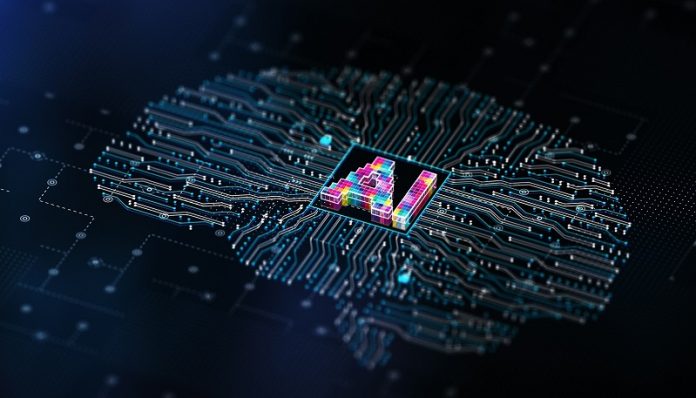
Scientists from Monash University in Australia have developed a groundbreaking chip that uses liquid, not electricity, to process information—just like the human brain.
The invention could lead to a new generation of computers that can learn, adapt, and even “remember” the way people do.
The new chip, about the size of a coin, was built using a special material called a metal-organic framework (MOF).
This structure allows ions—tiny charged particles—to move through microscopic channels, much like how signals travel between neurons in the brain.
In traditional computers, electrons move through solid wires and transistors to perform calculations. But this fluid-based chip relies on moving ions instead, creating a system that acts more like the biological brain.
What makes this chip remarkable is its ability to “remember” past signals. When the researchers sent voltage pulses through it, the chip didn’t just react in real time—it changed its future behavior based on what had happened before.
This kind of memory is called plasticity, and it’s one of the key features that allows the human brain to learn from experience.
The research, published in Science Advances, was led by Professor Huanting Wang, Deputy Director of the Monash Centre for Membrane Innovation, and Dr. Jun Lu, from the Monash Department of Chemical and Biological Engineering.
Professor Wang explained that this is the first time scientists have seen nonlinear conduction of protons—the positively charged particles that make up hydrogen—in such a device. This nonlinear movement means the chip can change how it behaves depending on past conditions, much like a neuron does.
“For the first time, we’ve observed saturation nonlinear conduction of protons in a nanofluidic device,” Professor Wang said. “This opens up exciting possibilities for creating ion-based systems that have memory and even learning abilities.”
The team designed a small fluid circuit containing several MOF channels. When voltage was applied, the chip behaved like a set of electronic transistors—but with a crucial difference: it showed memory effects that could be harnessed for liquid-based computing.
Dr. Lu, who is also a visiting scholar at the University of California, said the chip’s design allows it to control both protons and metal ions in separate ways, something never seen before in nanofluidic systems. “Our device can remember previous voltage changes, giving it a form of short-term memory,” he explained.
This discovery represents an important step toward brain-inspired computing, where information could one day flow through liquid rather than solid circuits. Such systems could lead to faster, more energy-efficient computers that think more like humans—combining the best of biology and technology.



